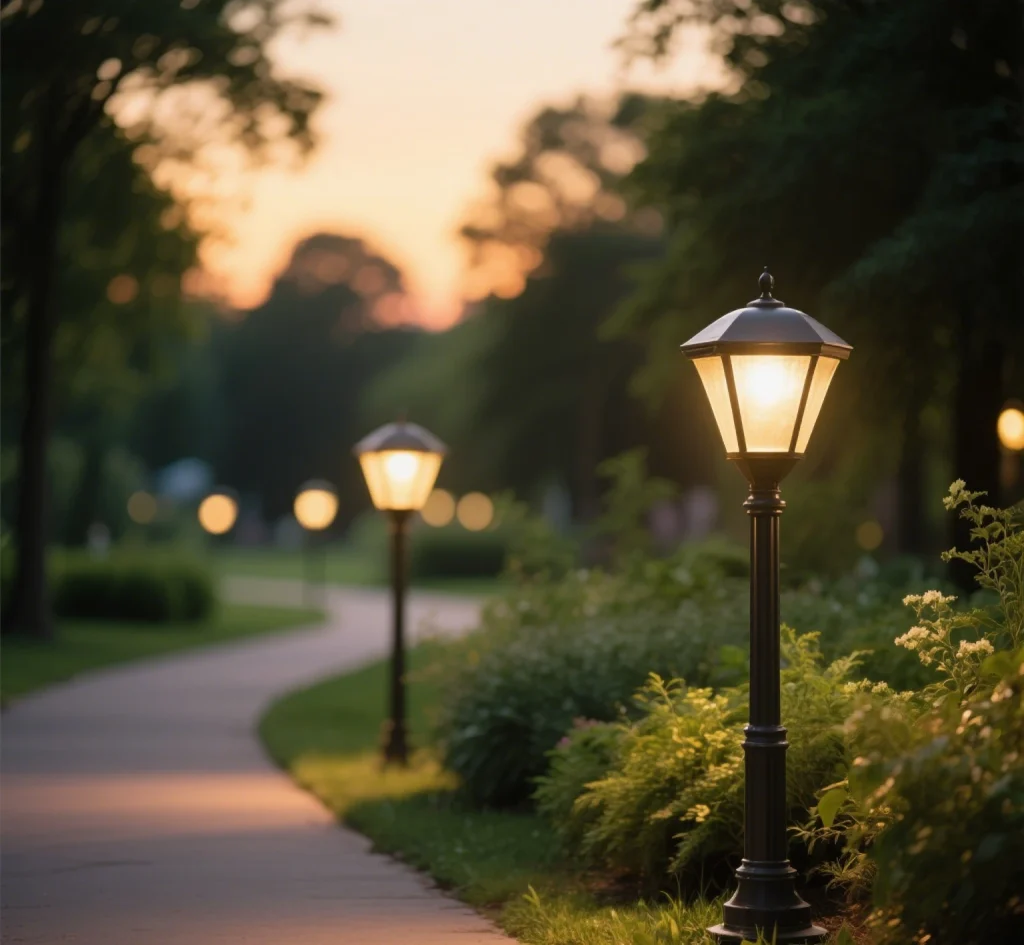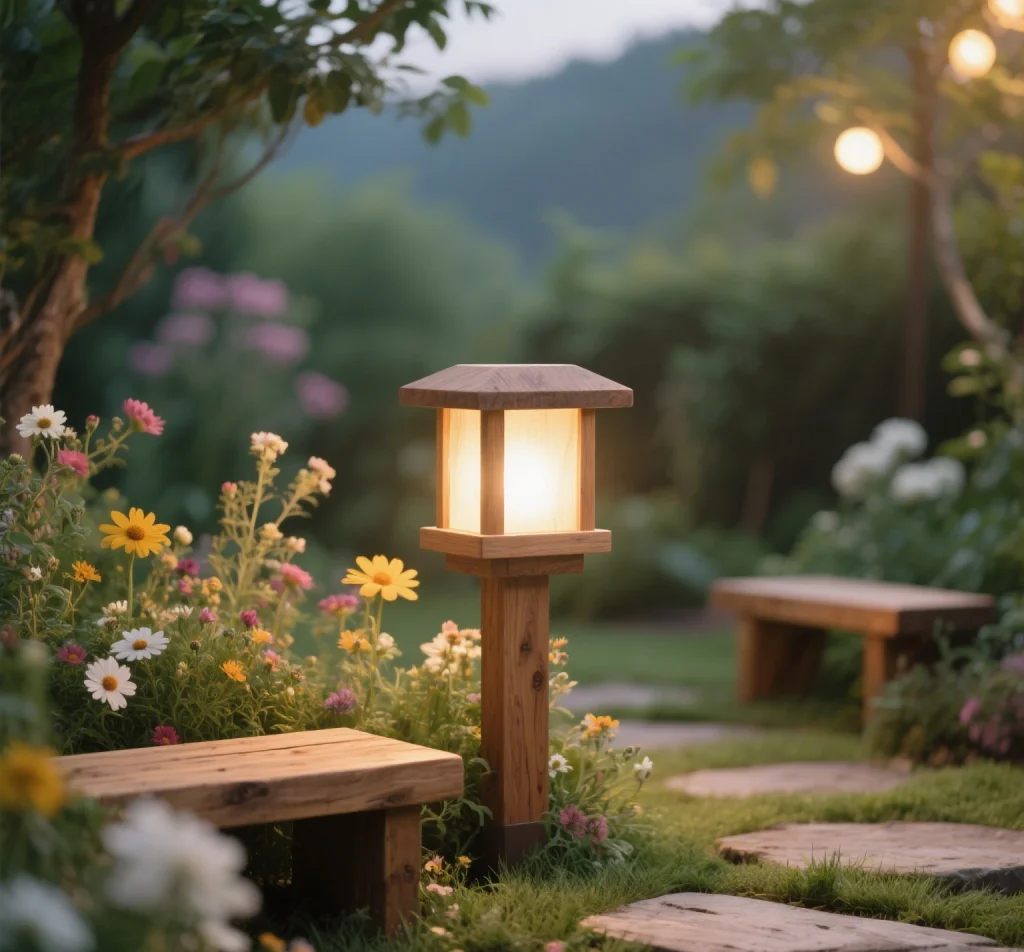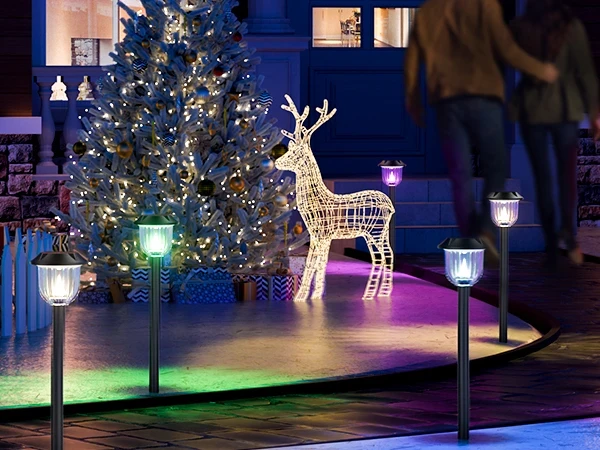When crafting captivating landscape lighting, selecting the right material for landscape lights is crucial. Factors such as cost, durability, maintenance ease, and eco-friendliness must all be considered. Additionally, different usage scenarios call for specific material types. Let’s dive into the unique characteristics of various landscape light materials and offer practical advice.

Overview of Landscape Light Materials
Iron Landscape Lights
Iron landscape lights are favored in public spaces like streets and parks due to their exceptional strength and corrosion resistance. Their robust nature ensures they withstand long-term outdoor conditions.
Wooden Landscape Lights
Wooden landscape lights exude a natural, rustic charm and boast strong eco-friendly credentials. They blend seamlessly into settings with traditional or nature-inspired vibes, adding distinctive flair.
Plastic Landscape Lights
Plastic landscape lights stand out for their lightweight build and versatility in shaping. Capable of achieving unique designs, they are also budget-friendly.
Glass Landscape Lights
Glass landscape lights offer transparency and aesthetic appeal, often used in upscale hotels and clubs to add sophistication and elegance to spaces.
Pros and Cons of Each Material
Iron Landscape Lights
Pros: High strength ensures stability and durability, with corrosion resistance for a long lifespan.
Cons: Relatively expensive and complex to install, often requiring professional assistance.
Wooden Landscape Lights
Pros: Excellent texture and eco-friendly, ideal for creating a classic ambiance.
Cons: Susceptible to environmental factors, requiring regular maintenance.
Plastic Landscape Lights
Pros: Affordable, lightweight, easy to install, and highly moldable for diverse designs.
Cons: Less durable, prone to aging over time.
Glass Landscape Lights
Pros: Transparent and visually stunning, creating unique light and shadow effects in high-end settings.
Cons: Fragile, requiring extra caution during installation.

Practical Guide to Choosing Landscape Light Materials
Match the Usage Scenario
Different locations demand specific materials. Iron lights, with their durability and resilience, suit complex public environments like streets. In natural scenic areas, wooden lights harmonize with surroundings, enhancing the organic feel.
Consider Cost
Material choice impacts price significantly. Setting a budget helps narrow options. Iron and glass lights tend to be pricier, while plastic lights are more affordable.
Evaluate Maintenance Needs
Maintenance varies by material. Wooden lights require periodic repainting, while iron lights need rust prevention. Factor in long-term maintenance costs and effort when deciding.
Account for Environmental Impact
Environmental considerations are key. Wooden lights, sourced from nature, have minimal impact, while improper disposal of plastic lights can lead to pollution.
Conclusion
Choosing landscape light materials requires balancing usage scenarios, costs, maintenance, and environmental factors. Understanding the strengths and weaknesses of each material ensures the best decision, transforming landscape lights into both functional illumination and a striking design element. Today, the market also offers solar-powered landscape lights, like BITPOTT’s solar landscape lights, which combine advanced solar technology with carefully selected materials. These provide eco-friendly, beautiful, and practical lighting solutions, elevating your landscape illumination with premium options.


Leave a Reply